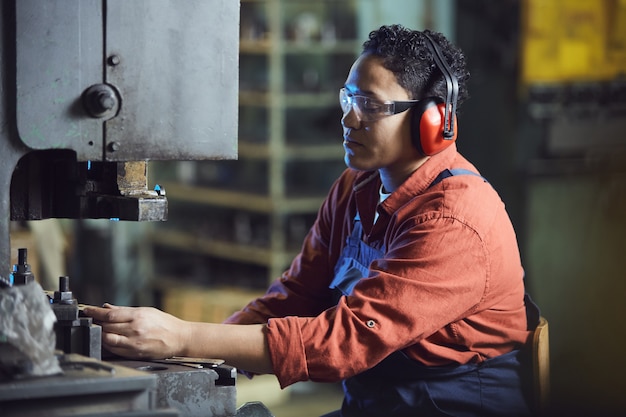The Integral Role of Slots and Tabs in Sheet Metal Fabrication+ View more
Understanding Slots in Metal Parts
The concept of a slot in metalworking is straightforward: a narrow opening carved into a metal component, designed to accommodate an inserting tab or connection device from another part. This seemingly simple feature can lead to complex considerations in design. The size, shape, and distribution of slots can make or break the structural integrity of the assembled product, with improperly sized slots leading to weakened materials and stress concentration points. Precision is equally crucial in slot design as it determines the ease of assembly and the tightness of the fit, thereby affecting production efficiency. Ultimately, the complexity of creating slots can add to manufacturing costs due to the need for finer tools and more processing time.
The Crucial Role of Tabs in Assembly
Tabs, the protruding counterparts to slots, are integral to the connection of parts. Their dimensions and shape are critical in ensuring a strong and durable bond when inserted into a slot. The tolerance range of tabs must be meticulously calibrated to provide sufficient clamping force without damaging the components. The design of tabs can also facilitate assembly flexibility, allowing for minor angular adjustments or sliding alignments. For applications requiring frequent disassembly, tabs are designed for easy removal and reusability, proving their worth in the maintenance and longevity of the product.
Common Considerations in Design
Critical to the success of slots and tabs is the meticulous matching of tolerances, ensuring a high-quality assembly. The manufacturing process chosen, whether it be CNC milling or laser cutting, must align with the creation of these features. Additionally, the physical and mechanical properties of the material in use cannot be overlooked, as they prevent fractures or deformations during the product’s lifecycle. Supplementary treatments, such as deburring or coating, may be necessary around the areas of slots and tabs to ensure durability. The mode of assembly, manual or automated, will also influence the optimization of the design to streamline the manufacturing process.
In essence, the design of slots and tabs is fundamental to the ease of part assembly, accuracy, and structural strength in metalworking. An optimized design of these elements can bolster production efficiency, cut costs, and enhance the quality of the final product, cementing their importance in the world of manufacturing.

